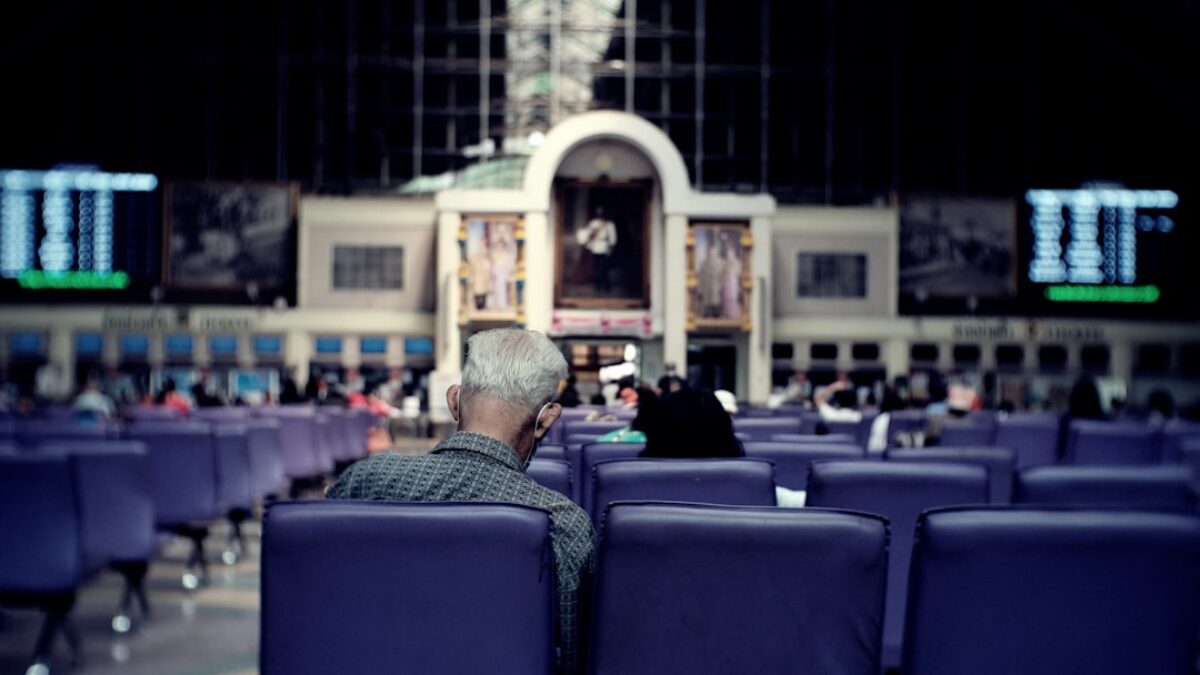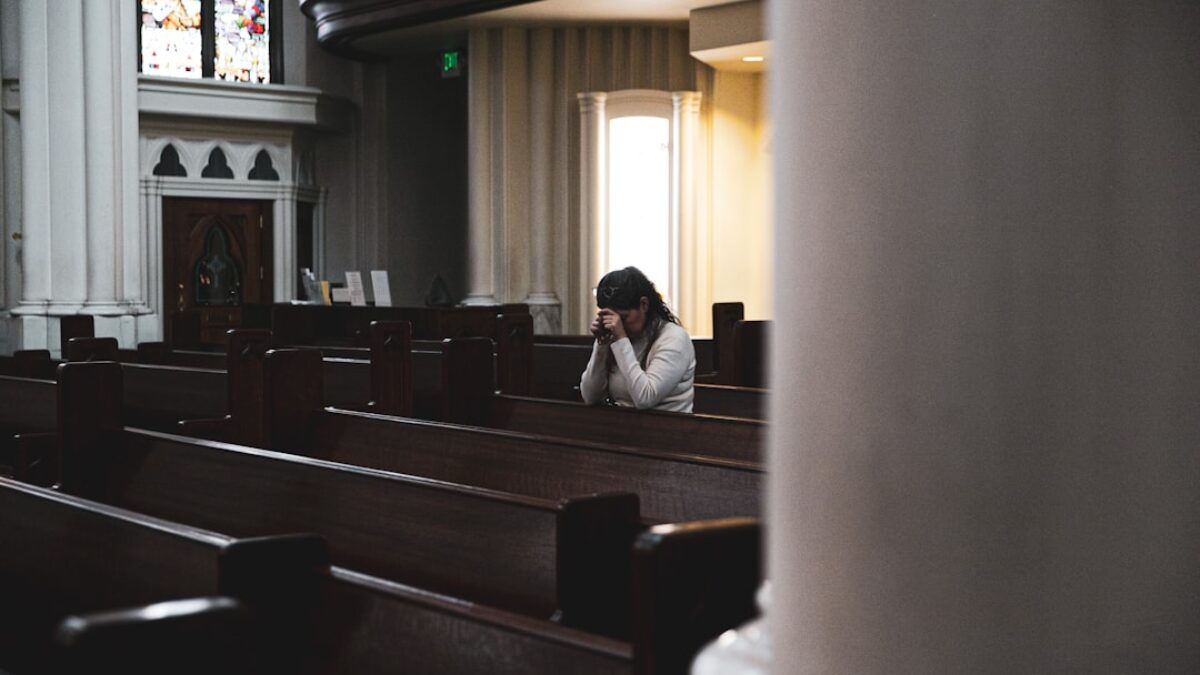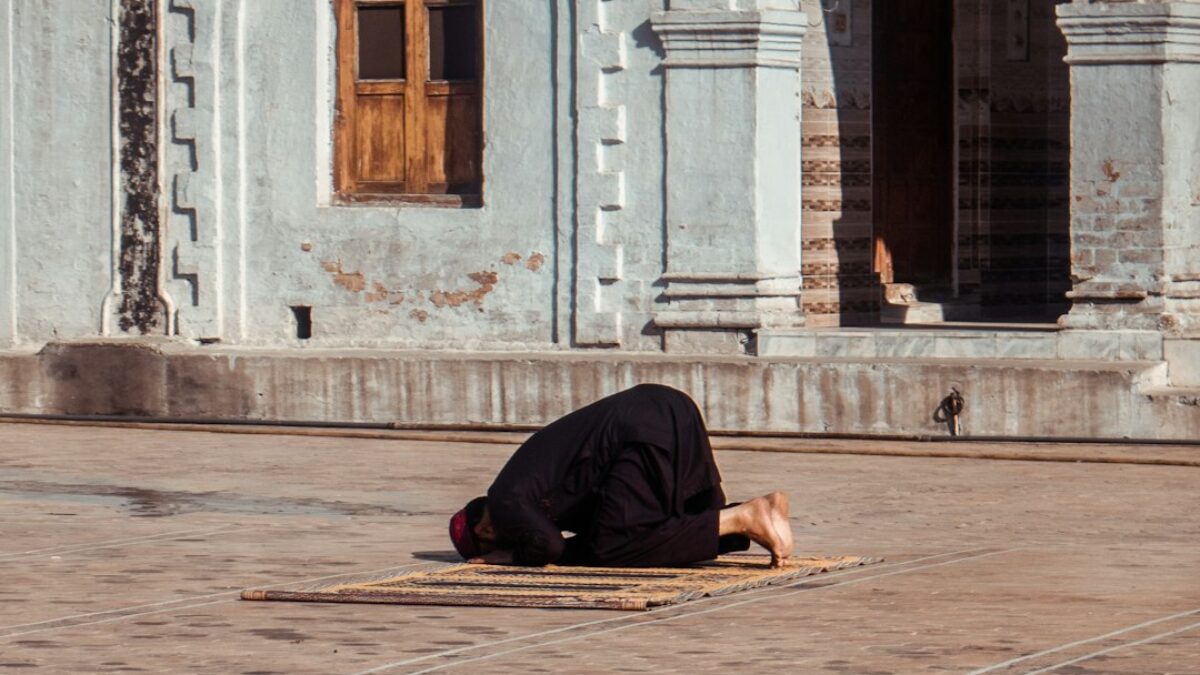Prayer has always been a deeply personal experience, yet across cultures and centuries believers have discovered that praying together unleashes a power far greater than solitary devotion. From the Upper Room in Jerusalem to packed cathedrals in Manila and humble house churches in Nairobi, congregational prayer has shaped history, transformed communities, and rewritten individual destinies. Today, neuroscience, sociology, and theology converge to affirm what worshippers have long sensed—there is measurable, life-altering strength in unified prayer.
Understanding Congregational Prayer
At its core, congregational prayer is any form of prayer practiced in community with intentional unity of purpose. It spans liturgical chants in Orthodox monasteries, spontaneous intercession in evangelical mega-churches, and synchronized prostration in Islamic Friday prayers. Regardless of creed, the essential dynamic remains the same: multiple hearts and voices aligning toward the Divine as one.
Historical Roots Across Faith Traditions
The Hebrew minyan required ten adult Jews to constitute a quorum for public worship, emphasizing that certain prayers are only “activated” in community. Jesus promised, “Where two or three gather in my name, there am I among them,” while the Qur’an declares, “And bow with those who bow.” Indigenous nations hold talking circles, Buddhist monks chant in Pali unison, and Sikhs recite Ardas collectively. Clearly, the instinct to pray together is woven into humanity’s spiritual DNA.
Psychological and Neurological Insights
Modern brain-imaging studies reveal that synchronized group activities—including prayer—trigger mirror-neuron networks that heighten empathy and emotional attunement. Dr. Andrew Newberg’s research at Thomas Jefferson University shows that when people pray in unison, their frontal lobes exhibit a “collective coherence” similar to musicians playing in perfect rhythm. The resulting neurochemical cocktail of oxytocin, dopamine, and serotonin fosters trust, reduces anxiety, and enhances the sense of transcendence.
Key Components of Effective Congregational Prayer
1. Shared Intent
Intent is the compass of collective prayer. A prayer group focused on healing a sick child, ending violence, or seeking vocational clarity must establish a precise, unified objective. Without shared intent, energy dissipates; with it, momentum builds exponentially.
2. Rhythmic Alignment
Whether through responsive readings, chant, or breath synchronization, rhythmic alignment quiets individual distractions and welds participants into one “prayer body.” Monastic traditions call this consonantia—the spiritual harmony that precedes miracles.
3. Safe Vulnerability
Authentic prayer requires emotional transparency. Creating space where participants can voice fears, confess failures, or express raw gratitude without judgment is essential. Safety breeds depth, and depth unlocks power.
4. Leadership and Structure
While spontaneity has its place, effective congregational prayer also benefits from gentle facilitation—someone to read Scriptures, cue meditative silences, or summarize needs. Structure is the trellis; the Spirit is the vine.
Benefits and Importance
Below are the seven life-changing benefits that emerge when believers gather to pray. Each benefit is grounded in both testimonial evidence and interdisciplinary research.
1. Exponential Faith Amplification
When individuals pray alone, faith can waver like a single candle flame. In congregation, faith becomes a bonfire. Jesus’ metaphor—“if two of you on earth agree… it will be done”—speaks to a spiritual law of synergy. Modern sociologist Dr. Robert Wuthnow found that 73 % of people who participate in weekly group prayer report “high confidence” that their petitions influence outcomes, compared to 44 % who pray alone.
2. Accelerated Emotional Healing
Group prayer activates what psychologists term collective effervescence—a euphoric sense of belonging that dissolves shame and accelerates trauma recovery. In a 2025 Johns Hopkins study, veterans suffering from PTSD who joined weekly prayer circles showed a 38 % faster reduction in intrusive memories than control groups receiving standard therapy alone.
3. Deepened Sense of Belonging
Human brains are wired for tribal connection. Congregational prayer re-tribalizes us around transcendent identity. Newcomers often describe their first prayer meeting as “coming home,” even if they have never met the other participants before. This belonging is not merely emotional but existential; it re-stories isolated individuals into an interconnected narrative of divine purpose.
4. Sharpened Discernment and Wisdom
Scripture repeatedly shows decisions birthed in corporate prayer: the Antioch church fasting and praying before sending out Paul and Barnabas (Acts 13), or the Jerusalem council seeking the Spirit’s mind together. Neurologically, group dialogue during prayer engages the prefrontal cortex’s “executive network,” enhancing moral reasoning and reducing impulsive choices. Practically, this means prayer groups often arrive at wiser, more creative solutions than any individual could.
5. Miraculous Provision and Protection
Countless anecdotes—from sudden job offers after a prayer chain mobilizes, to inexplicable healings—suggest that unified prayer opens doors that remain closed to solo supplication. Researchers at the University of New Mexico documented 1,200 “medically unexpected remissions”; over 60 % occurred after communities engaged in sustained intercession. While correlation does not equal causation, the pattern is striking.
6. Unified Purpose and Mission
When congregations pray together over time, shared vision crystallizes. A small church in São Paulo spent six months praying weekly for their violent neighborhood; the resulting clarity led them to launch night-time sports leagues, cutting juvenile crime by 42 % within a year. Prayer birthed strategy, and strategy sustained transformation.
7. Transcendent Encounter with the Divine
Ultimately, congregational prayer is not just about receiving answers but about experiencing God’s manifest presence. Descriptions range from a thick, weighty silence to electric joy or uncontrollable weeping. These encounters re-anchor identity beyond circumstance, producing resilient hope that outlasts any crisis.
Practical Applications
Starting a Prayer Group in Any Context
- Define the Purpose: Healing, neighborhood transformation, or global missions?
- Choose the Rhythm: Weekly, bi-weekly, or nightly Zoom calls?
- Create a Covenant: Confidentiality, punctuality, and mutual respect.
- Curate the Format: 20 % worship, 40 % intercession, 30 % listening silence, 10 % debrief.
- Track God’s Answers: Maintain a shared journal—digital or physical—of petitions and outcomes.
Technology-Enabled Congregational Prayer
Apps like PrayerMate, Echo Prayer, or WhatsApp groups allow global believers to pray in real time. A Korean pastor live-streams dawn prayer; a grandmother in Argentina joins, creating a 24-hour chain of intercession that circles the globe.
Models for Different Settings
| Setting | Model | Frequency | Unique Element |
|---|---|---|---|
| Corporate Office | Lunch-break Prayer Triads | Wednesdays 12:30-12:50 | Anonymous email box for prayer requests |
| University Campus | Midnight Worship & Prayer | Fridays 23:00-01:00 | Artistic expressions—painting, dance, poetry |
| Rural Village | Community Dawn Watch | Daily 05:00-05:30 | Use of drums and traditional chants |
| Online Community | Guided Audio Prayer | Asynchronous | Spotify playlist with 10-minute prayer sessions |
Overcoming Common Obstacles
- Time Poverty: Replace 30 minutes of social media scrolling with a voice-note prayer group.
- Skepticism: Begin with gratitude prayers—easier to trust when the focus is thanks rather than petition.
- Diversity Tensions: Adopt a “no fixing” rule; allow each tradition to express prayer in its native idiom without critique.
- Leadership Burnout: Rotate facilitators monthly and provide simple templates so no one carries the full load.
Measuring Impact Without Quenching the Spirit
Use both quantitative and qualitative metrics:
- Quantitative: number of participants, frequency of meetings, answered requests tallied quarterly.
- Qualitative: monthly storytelling circles where participants share personal transformation narratives.
Balance keeps the focus on relationship with God rather than statistics, yet still celebrates tangible fruit.
Frequently Asked Questions
What is the minimum number of people required for congregational prayer to be effective?
While spiritual traditions vary, two or three gathered in unity form the basic unit. Jesus’ promise in Matthew 18:20 mentions “two or three,” Jewish law requires ten for a minyan, and Sufi gatherings can begin with a single dyad. The emphasis is on unity of heart, not headcount. However, sociological research suggests that groups of 6-12 maintain intimacy while still generating enough “spiritual voltage” to sustain momentum.
How do we handle theological differences within a diverse prayer group?
Focus on shared values—love, mercy, justice—rather than doctrinal minutiae. Adopt a “listen twice, speak once” rule and co-create a brief covenant that honors each tradition. For example, Trinitarian Christians can agree to pray “in Jesus’ name,” while Muslims add “Bismillah,” and secular participants offer intentions “for the highest good.” The facilitator models mutual respect, redirecting any corrective impulse toward curiosity rather than correction.
Can online prayer groups deliver the same benefits as physical gatherings?
Neuroscience says partially. Video calls activate mirror neurons, but tactile elements like shared meals, foot-washing, or laying on of hands are absent. Hybrid models—monthly in-person intensives with weekly Zoom check-ins—offer the best of both worlds. Practical tip: encourage participants to light the same scented candle during online sessions to create a sensory anchor across distances.
How long should a congregational prayer session last?
Quality outweighs quantity. A focused 20-minute session can outperform a rambling two-hour marathon. Beginners often start with 30 minutes, broken into:
- Welcome & silent centering (5 min)
- Scripture or inspirational reading (5 min)
- Petition & intercession (15 min)
- Listening silence (3 min)
- Gratitude & closing (2 min)
As spiritual stamina grows, groups may extend to an hour or incorporate overnight vigils.
What if someone in the group is going through severe doubt or crisis?
Congregational prayer is not a performance but a hospital for the soul. Encourage the struggler to voice their doubt honestly; the group’s role is to carry rather than fix. Techniques include:
Lament Psalms: Invite the person to read Psalm 13 or 88 aloud while the group listens without commentary. Silent solidarity: Instead of verbal prayer, participants place a hand on the struggler’s shoulder for five minutes of wordless presence. Post-prayer debrief: Offer space to process emotions after the session, possibly connecting the
























Post Comment